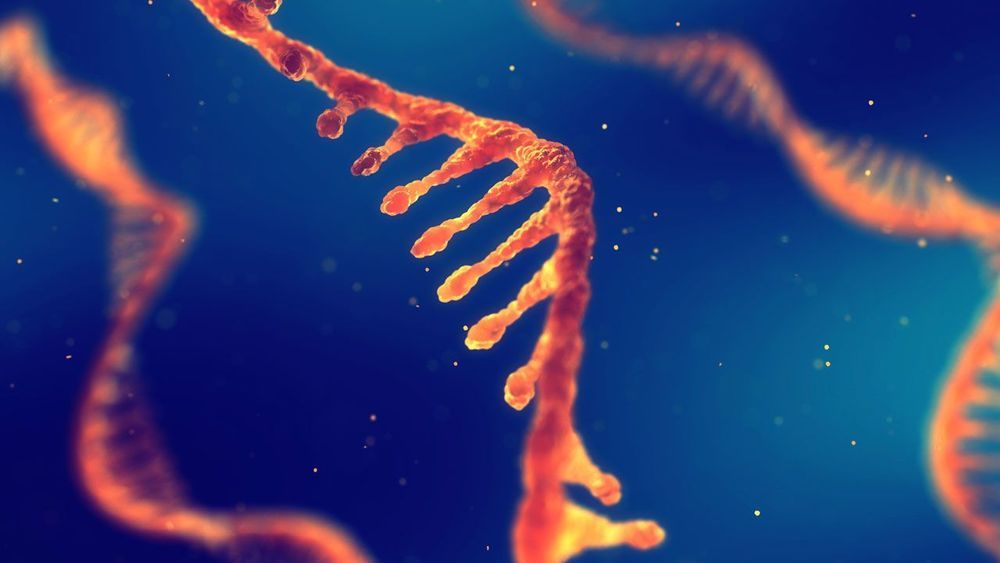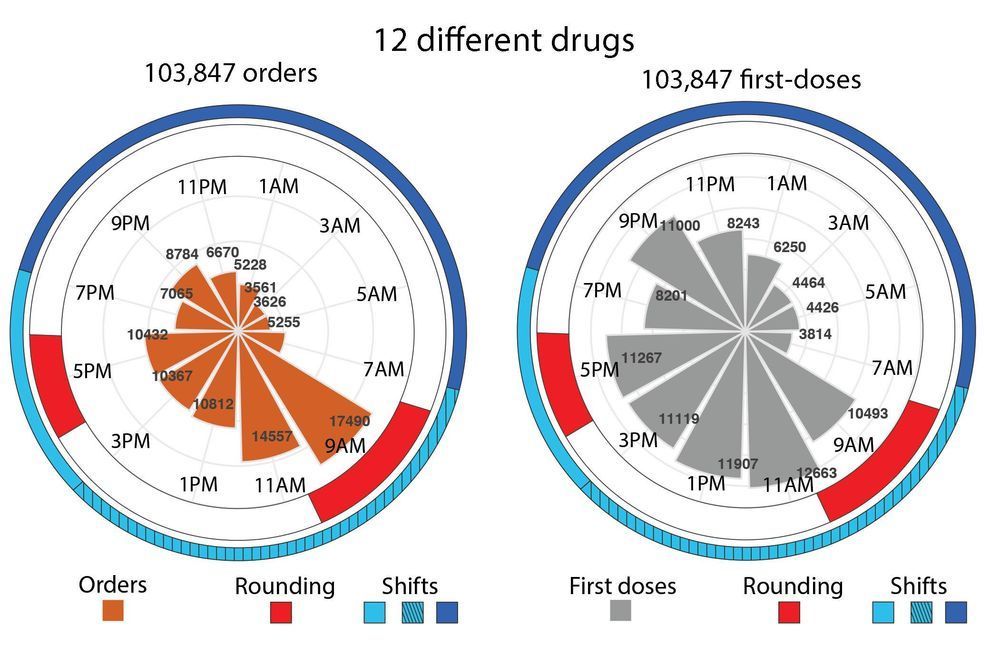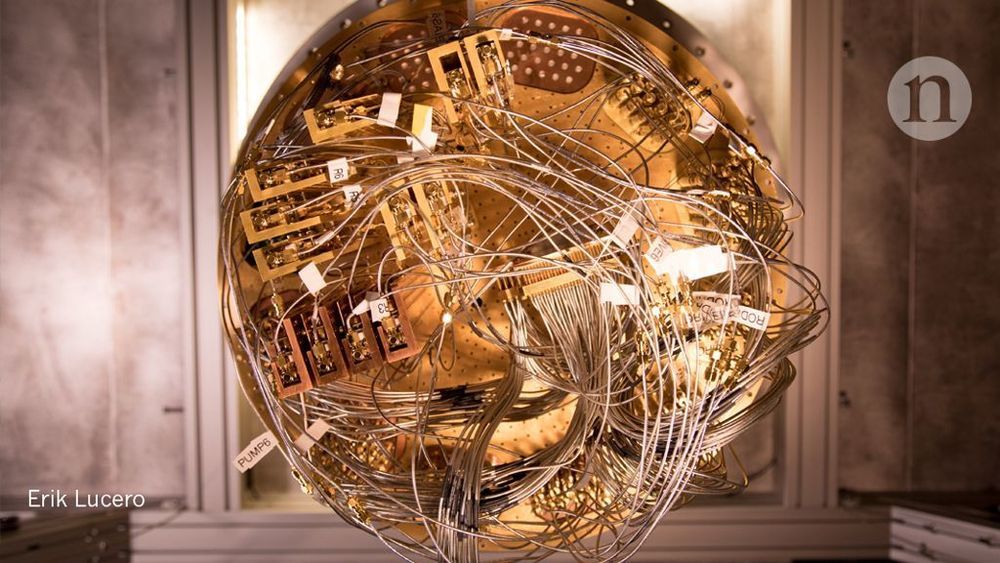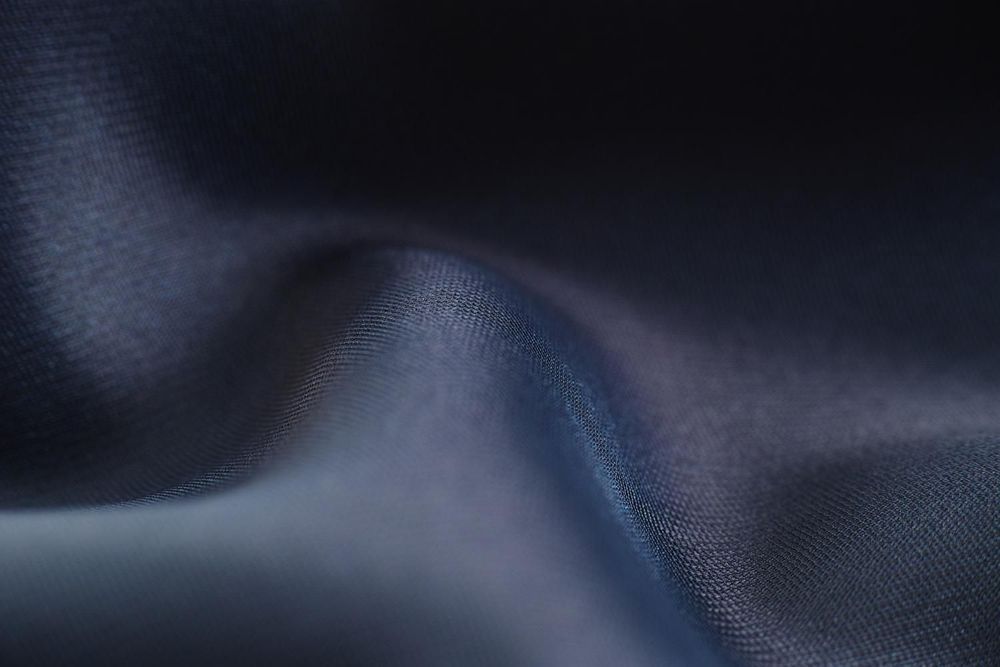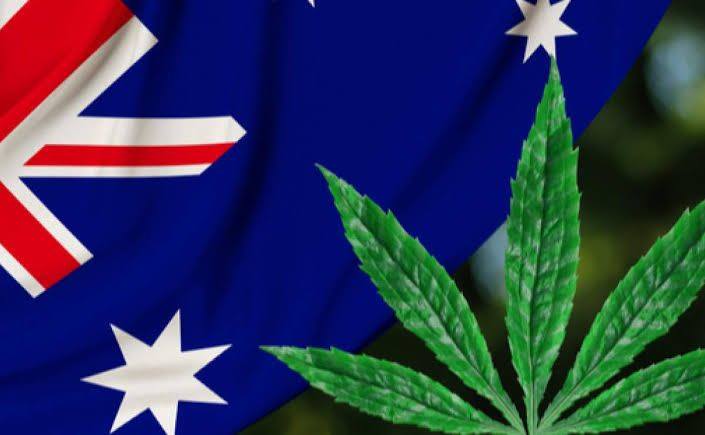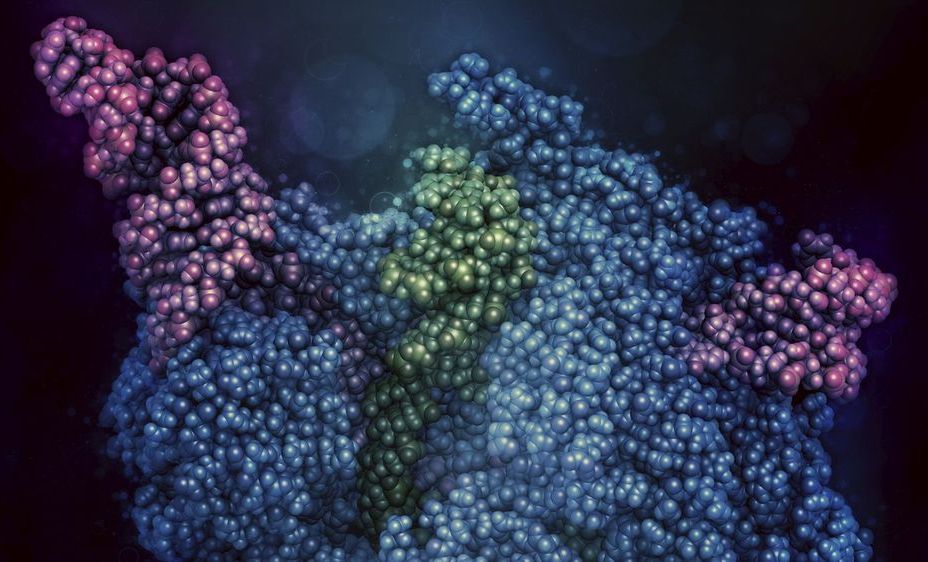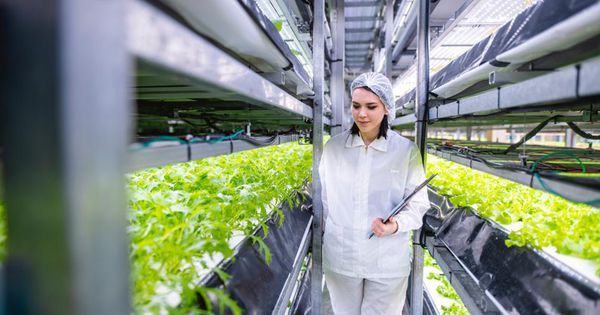Page 8350
Oct 3, 2019
Room for improvement in drug dosage timing in hospitals
Posted by Paul Battista in category: biotech/medical
Too many hospitals provide medications according to the practicalities of their staffing schedules rather than the ideal dosing times for their patients, according to a new study led by experts at Cincinnati Children’s.
The study, published Oct. 1, 2019, in PNAS, was led by David Smith, MD, Ph.D., Divisions of Pediatric Otolaryngology and Pulmonary Medicine; Marc Ruben, Ph.D.; and John Hogenesch, Ph.D., Co-Director, Center for Circadian Medicine at Cincinnati Children’s.
The study examined the daily distribution of approximately 500,000 doses of 12 drugs in 1,486 inpatients at a major U.S. children’s hospital.
Oct 3, 2019
Beyond quantum supremacy: the hunt for useful quantum computers
Posted by Derick Lee in categories: computing, quantum physics
Some researchers have raised the possibility that, if quantum computers fail to deliver anything of use soon, a quantum winter will descend: enthusiasm will wane and funding will dry up before researchers get anywhere close to building full-scale machines. “Quantum winter is a real concern,” Preskill says. But he remains upbeat, because the slow progress has forced researchers to adjust their focus and see whether the devices they already have might be able to do something interesting in the near future.
Researchers search for ways to put today’s small noisy quantum systems to work. The hunt for useful quantum computers.
Oct 3, 2019
What created this ‘ghost particle’ from space found on Earth?
Posted by Michael Lance in categories: particle physics, space
Last summer, scientists found a “ghost particle” in Antarctica. Now we know more about where it came from: a mysterious galaxy 3.8 billion light-years away.
Oct 3, 2019
A filament fit for space—silk is proven to thrive in outer space temperatures
Posted by Saúl Morales Rodriguéz in categories: nanotechnology, space
Their initial discovery had seemed like a contradiction because most other polymer fibres embrittle in the cold. But after many years of working on the problem, the group of researchers have discovered that silk’s cryogenic toughness is based on its nano-scale fibrills. Sub-microscopic order and hierarchy allows a silk to withstand temperatures of down to −200 C. And possibly even lower, which would make these classic natural luxury fibres ideal for applications in the depths of chilly outer-space.
The interdisciplinary team examined the behaviour and function of several animal silks cooled down to liquid nitrogen temperature of −196 C. The fibres included spider silks but the study focused on the thicker and much more commercial fibres of the wild silkworm Antheraea pernyi.
In an article published today in Materials Chemistry Frontiers, the team was able to show not only ‘that’ but also ‘how’ silk increases its toughness under conditions where most materials would become very brittle. Indeed, silk seems to contradict the fundamental understanding of polymer science by not losing but gaining quality under really cold conditions by becoming both stronger and more stretchable. This study examines the ‘how’ and explains the ‘why’. It turns out that the underlying processes rely on the many nano-sized fibrils that make up the core of a silk fibre.
Oct 3, 2019
Machine learning predicts behavior of biological circuits
Posted by Saúl Morales Rodriguéz in categories: biotech/medical, information science, robotics/AI
Biomedical engineers at Duke University have devised a machine learning approach to modeling the interactions between complex variables in engineered bacteria that would otherwise be too cumbersome to predict. Their algorithms are generalizable to many kinds of biological systems.
In the new study, the researchers trained a neural network to predict the circular patterns that would be created by a biological circuit embedded into a bacterial culture. The system worked 30,000 times faster than the existing computational model.
To further improve accuracy, the team devised a method for retraining the machine learning model multiple times to compare their answers. Then they used it to solve a second biological system that is computationally demanding in a different way, showing the algorithm can work for disparate challenges.
Oct 3, 2019
What are you’re initial thoughts on Elon Musk’s Starship designed to thrust into the deep unknown?
Posted by Michael Lance in categories: Elon Musk, space travel
Oct 2, 2019
CRISPR Gene-Editing May Offer Path To Cure For HIV, First Published Report Shows
Posted by Quinn Sena in categories: biotech/medical, genetics, health
CRISPR Gene-Editing Shows Promise As HIV Cure, Research Shows : Shots — Health News Researchers safely used CRISPR gene-editing techniques in a patient with HIV. The research provides evidence the approach may be promising for treating HIV infection.
Oct 2, 2019
Black Holes As We Know Them May Not Exist
Posted by Paul Battista in category: cosmology
Oct 2, 2019
The Bio-Belt: Growing The Future In Rural America
Posted by Klaus Baldauf in categories: biotech/medical, economics, education, employment, sustainability
Despite this economic pressure, rural America remains one of our nation’s most fertile regions, and recent advances in biotechnology are making it easier than ever to sustainably grow new kinds of valuable goods, from biopharmaceuticals to biomaterials. With the right strategic investments, rural America could see a biotech “bloom.”
I propose a Bio-Belt stretching through middle America to bring new skills and high-paying jobs to communities that desperately need them. This initiative would bolster investment in biotechnology training, education, infrastructure and entrepreneurship in rural areas in order to develop new, sustainable sources of income.
The Bio-Belt is about much more than biofuel. Fermentation is an increasingly powerful force for converting sugar and other forms of biomass into value-added goods—all through the rational design of cells that can be sustainably grown wherever land is abundant.
